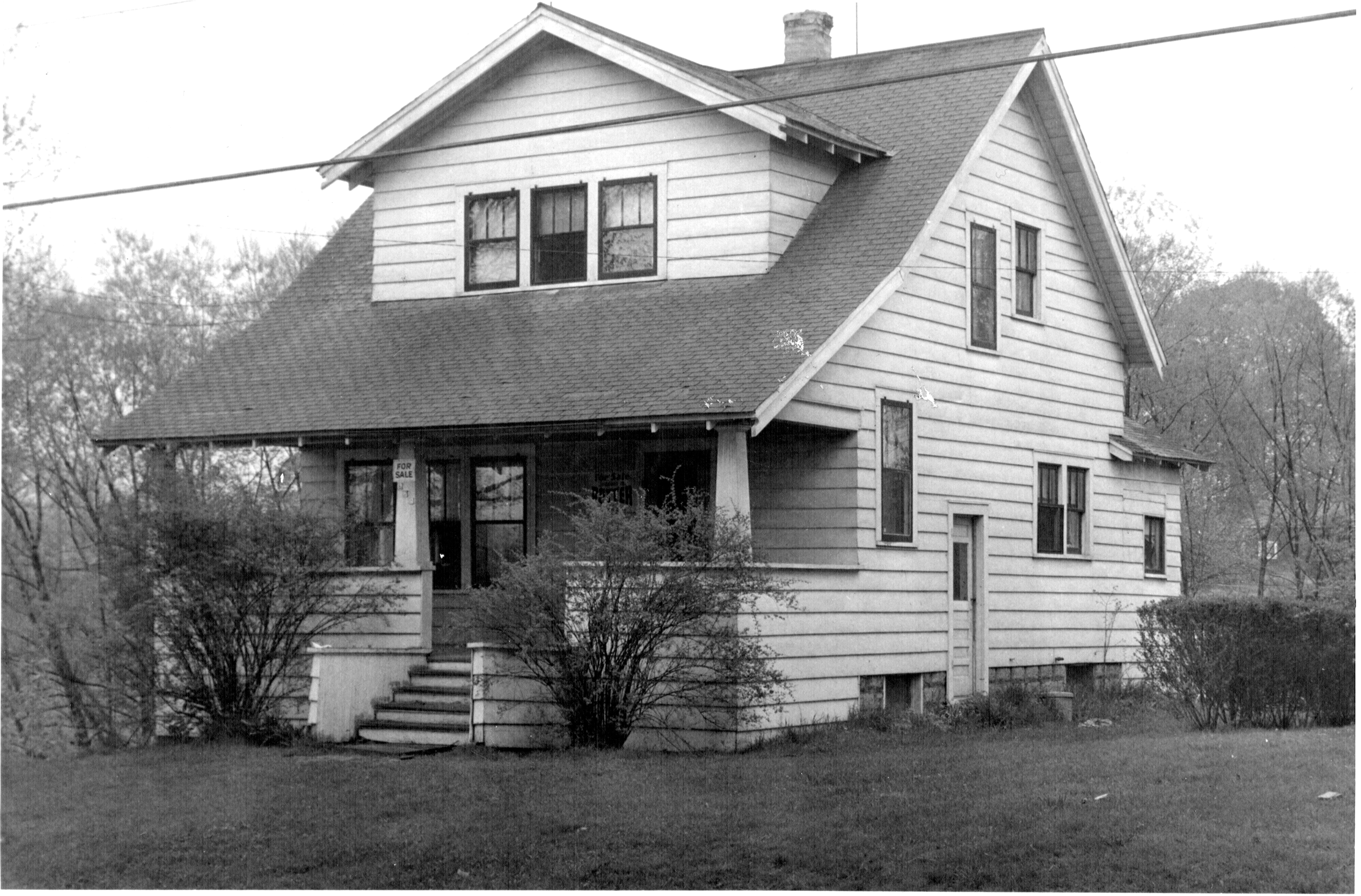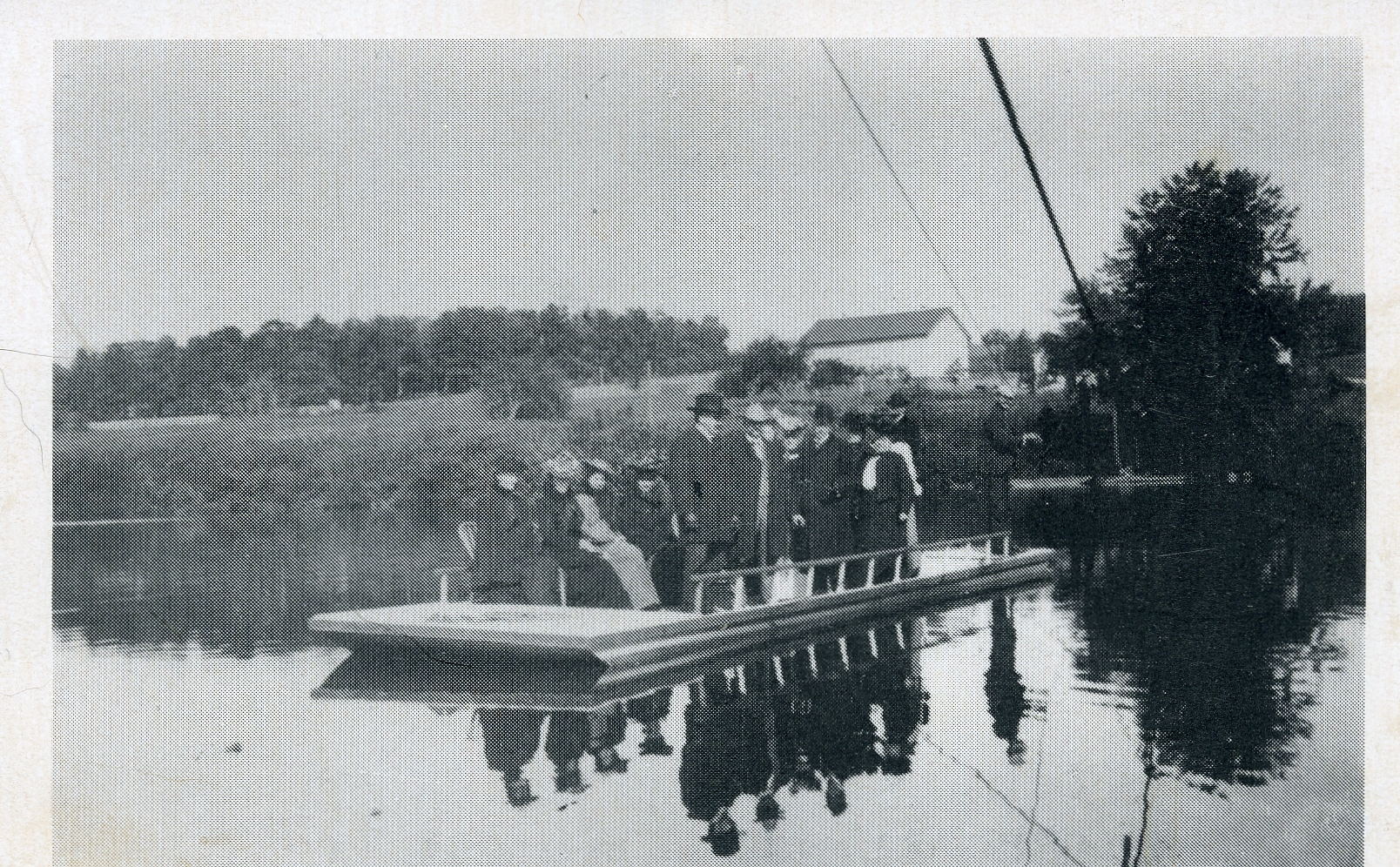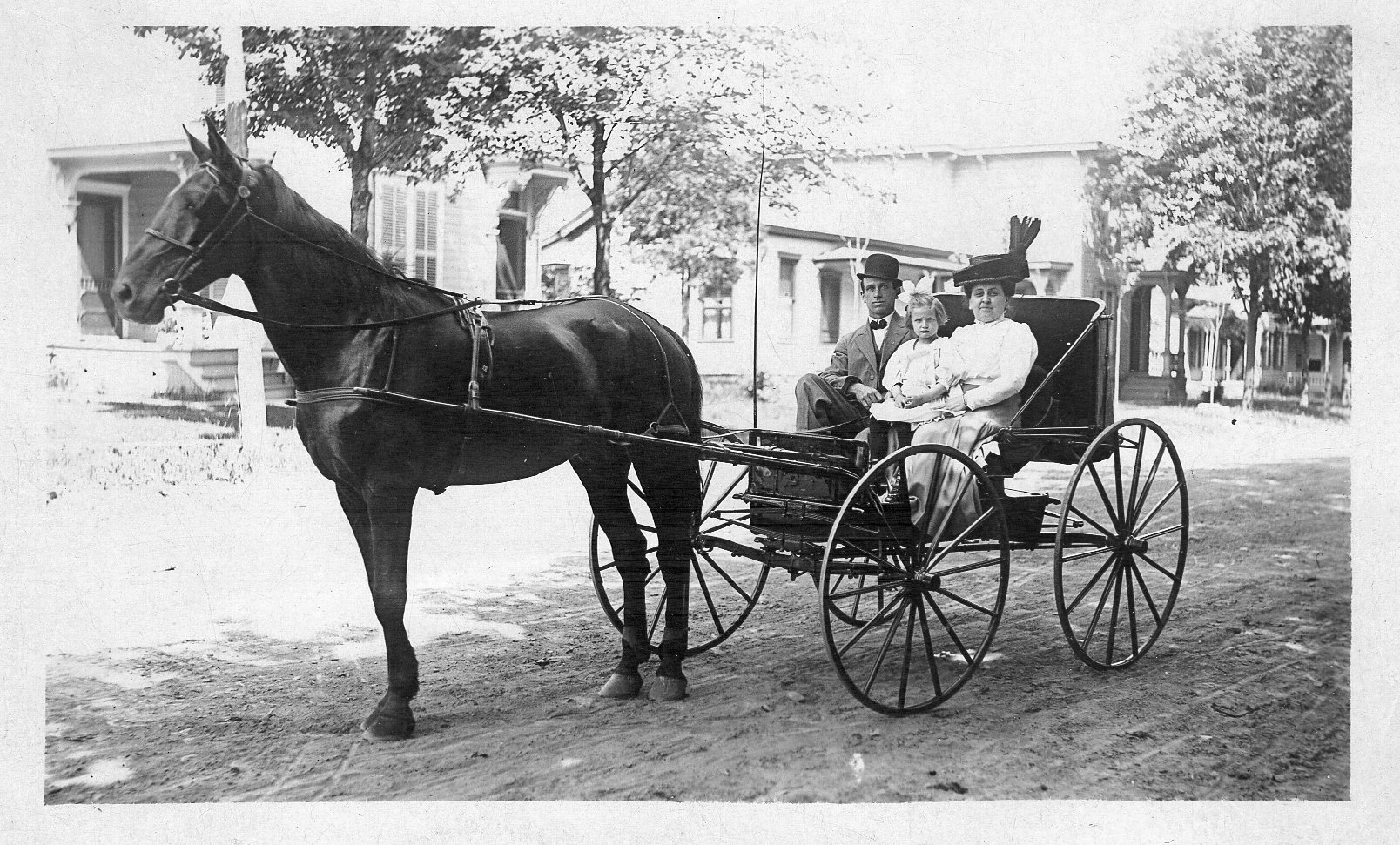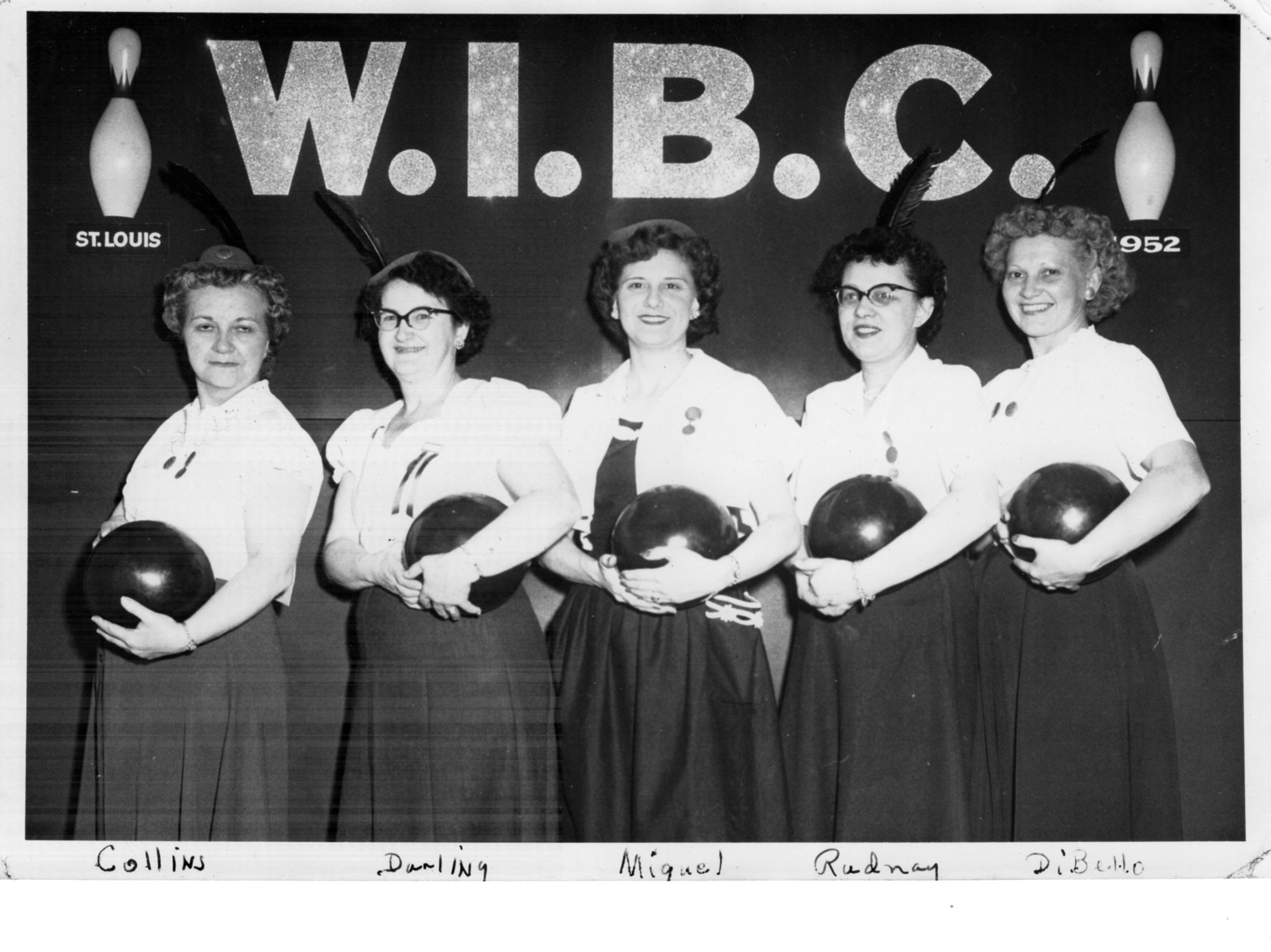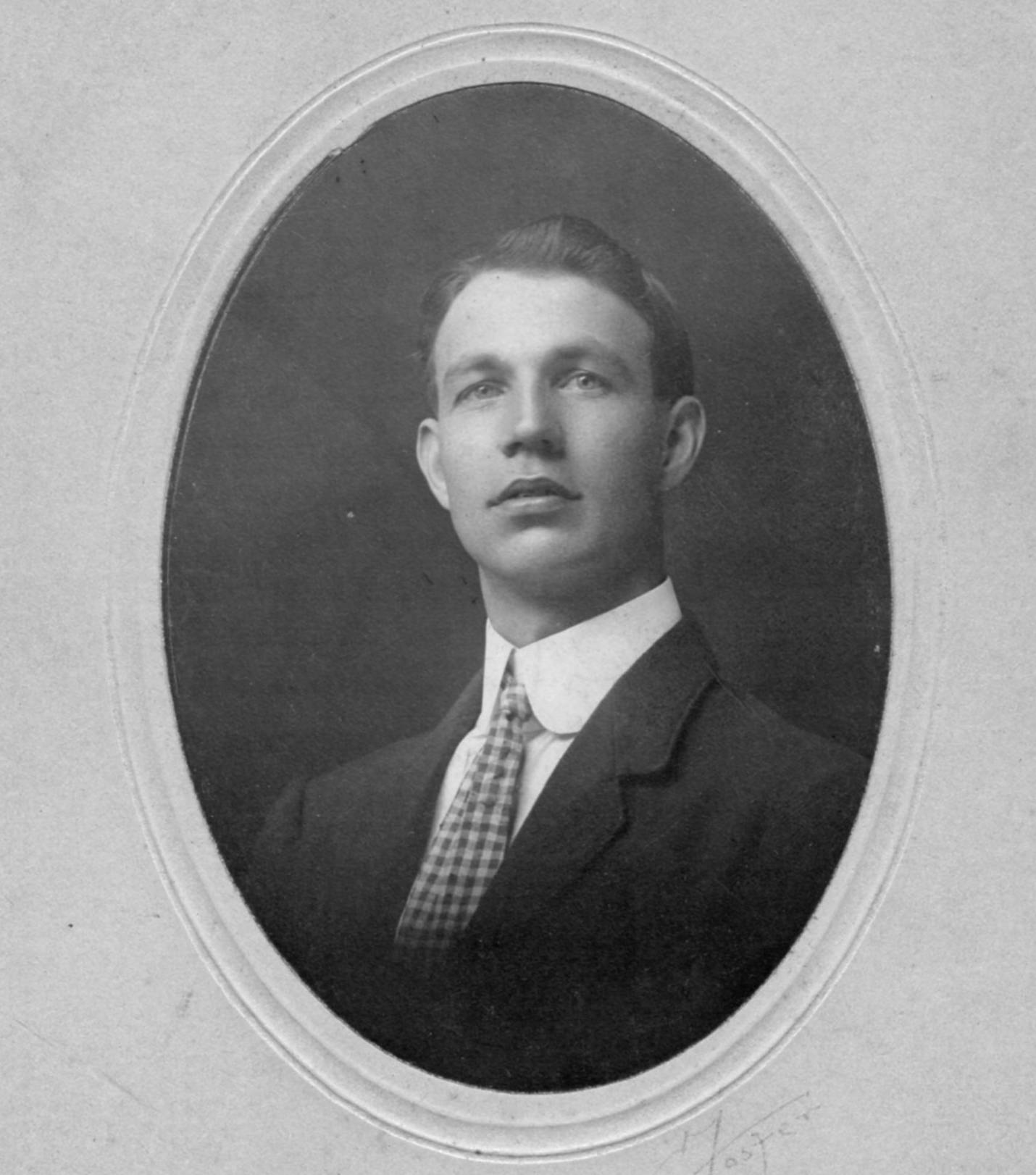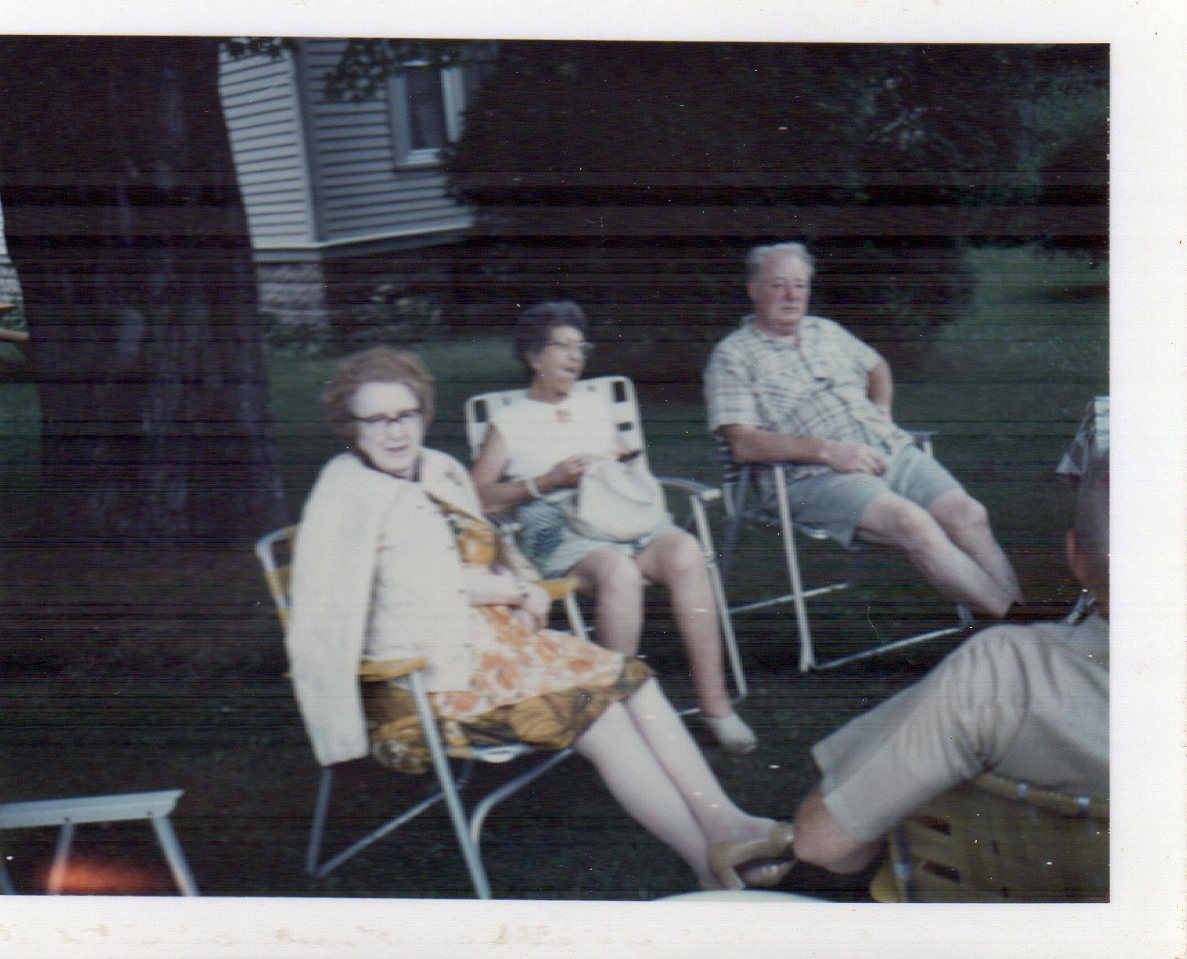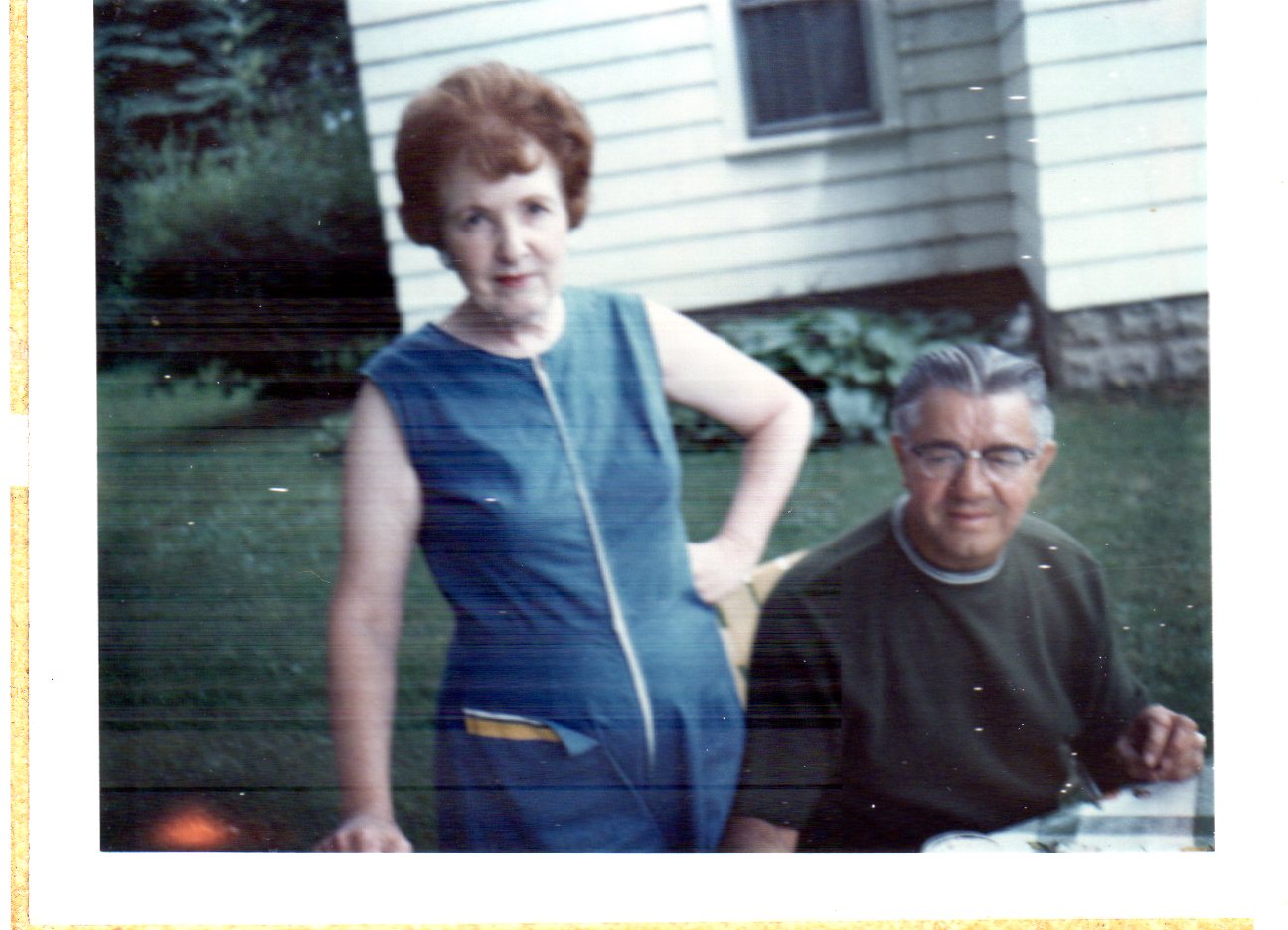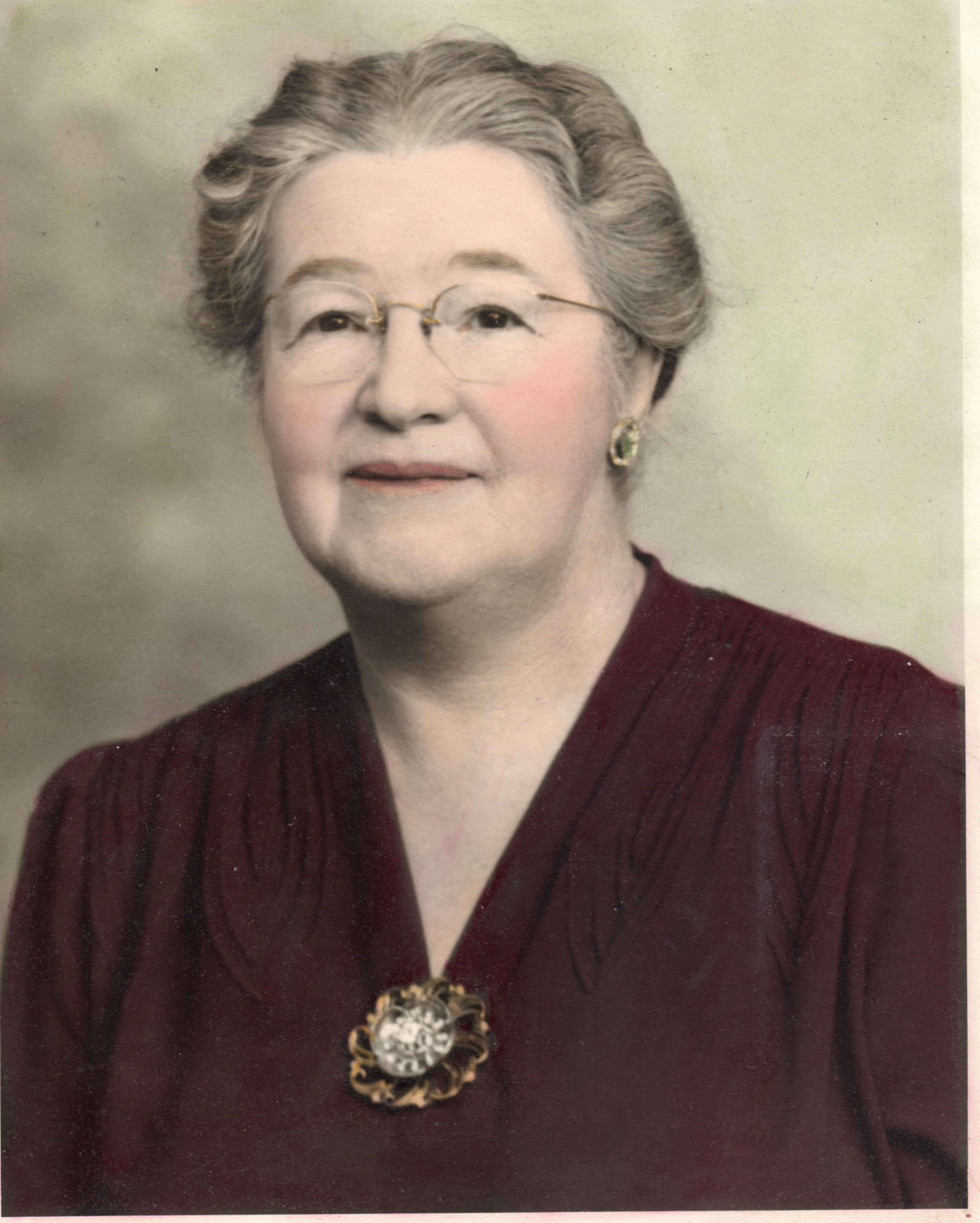The City the Great
Depression Missed
(New York Sun Newspaper, 1930s)
(New York Sun Newspaper, 1930s)
The Oswego River was a main route to
Lake Ontario from the inland areas of the State. The river was
quite navigable from the Three Rivers, Oneida, Seneca and Oswego
junction. The river drops about 117 feet to Lake Ontario
producing the stony rapids that a river traveler
encounters. Travelers would pull out of the river on the east
side near what is
now the upper bridge and transport their conveyance overland to a spot
near the present Northern city line.
This became known as the "carrying place" later evolving into the village of Fulton, supposedly named after Robert Fulton, the steamboat builder. The west side became known as Oswego Falls and saw its expansion after the Civil War with the availability of plots in the Military Tract.
The travel on the river was greatly improved with the building of a canal connecting Oswego with the Eire Canal being built across the State. River shipping provided many folks with a good income until the proliferation of the rail industry. By this time the two sides of the river had consolidated and soon sported major rail lines. Of course in time rail gave way to the trucking industry.
The falls inspired many to channel the power of the river to turn water wheels that in turned machinery in new industries that were now locating along the river.
Fulton tried to capitalize on the growing interstate highway system being pushed by the Eisenhower administration during the 1950's and got a grant to see that there would be a new North-South and an East-West highway availability to the area residents. During the planning, it was reported that one of the large manufacturers told the gathering of city fathers that they could build the road anyplace they wanted as long as it intersected near his factory so that the trucks used for shipping could get in to the docks quickly and then back on the road without having to deal with congested traffic. Why, the gathering was told that with the road going through town would increase business immensely. The travelers would see the window displays and want to stop and shop. Of course this didn't really happen and a few years later "Urban Renewal" was the center focus. The great magnificent buildings that not only gave us a glimpse of Fulton's prosperous heritage but also how man could create such wonderful sights.
So, from the humble beginning of a portage stop on the river , up through a great depression and into the futuristic creation of cement blocks and mortar, Fulton has kept its dignity and is a great place to live.
There many good books covering Fulton's history both in the wonderful library and bookstores.
Here is my meager collection of the sights of Fulton and some of the people that helped Fulton be what it is. (Click for larger view)
This became known as the "carrying place" later evolving into the village of Fulton, supposedly named after Robert Fulton, the steamboat builder. The west side became known as Oswego Falls and saw its expansion after the Civil War with the availability of plots in the Military Tract.
The travel on the river was greatly improved with the building of a canal connecting Oswego with the Eire Canal being built across the State. River shipping provided many folks with a good income until the proliferation of the rail industry. By this time the two sides of the river had consolidated and soon sported major rail lines. Of course in time rail gave way to the trucking industry.
The falls inspired many to channel the power of the river to turn water wheels that in turned machinery in new industries that were now locating along the river.
Fulton tried to capitalize on the growing interstate highway system being pushed by the Eisenhower administration during the 1950's and got a grant to see that there would be a new North-South and an East-West highway availability to the area residents. During the planning, it was reported that one of the large manufacturers told the gathering of city fathers that they could build the road anyplace they wanted as long as it intersected near his factory so that the trucks used for shipping could get in to the docks quickly and then back on the road without having to deal with congested traffic. Why, the gathering was told that with the road going through town would increase business immensely. The travelers would see the window displays and want to stop and shop. Of course this didn't really happen and a few years later "Urban Renewal" was the center focus. The great magnificent buildings that not only gave us a glimpse of Fulton's prosperous heritage but also how man could create such wonderful sights.
So, from the humble beginning of a portage stop on the river , up through a great depression and into the futuristic creation of cement blocks and mortar, Fulton has kept its dignity and is a great place to live.
There many good books covering Fulton's history both in the wonderful library and bookstores.
Here is my meager collection of the sights of Fulton and some of the people that helped Fulton be what it is. (Click for larger view)

